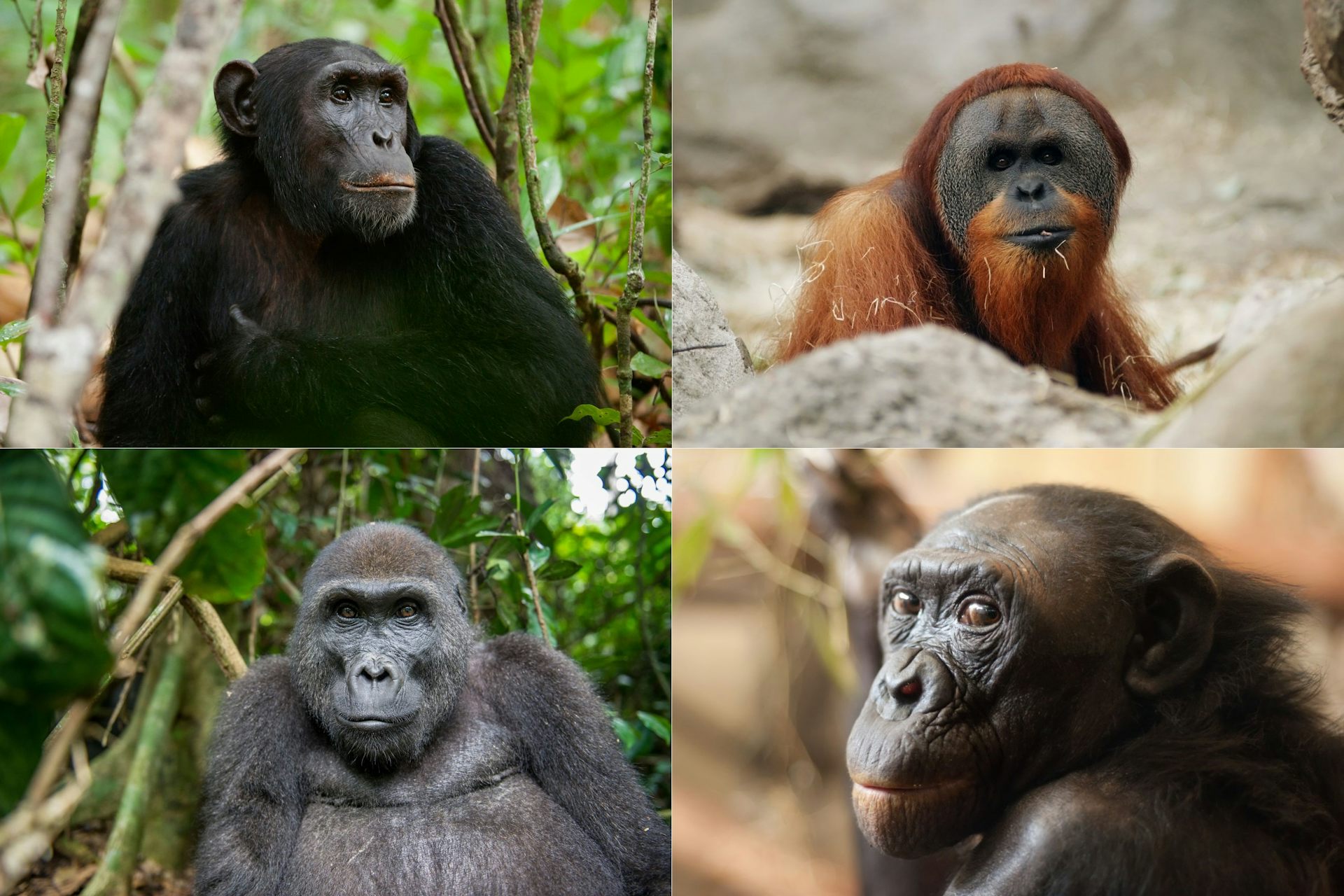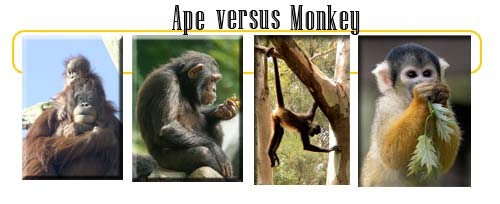
We generated a 3.0-gigabase assembly (contig N50 of 16.58 megabases (Mb)) (Supplementary Table 4) and constructed a chromosomal-level AGP (a golden path) assembly (Mhudiblu_PPA_v0) using Bionano Genomics optical maps and a clone-order framework using fluorescent in situ hybridization (FISH) of bacterial artificial chromosomes (BACs) 10 (Fig. paniscus) to 74-fold sequence coverage using the long-read PacBio RS II platform (Supplementary Tables 2, 3 and Supplementary Fig. We sequenced DNA from a female bonobo (Mhudiblu, P.

Our analysis highlights the extent to and rapidity at which hominid genomes can differ and provides insights into incomplete lineage sorting (ILS) and its relevance to gene evolution and the genetic relationship among living hominids. Here, we apply a multiplatform approach to produce a highly contiguous, accurate bonobo reference genome. In the past few years, long-read genome-sequencing technologies have considerably enhanced our ability to generate contiguous, high-quality genomes in which most genes and common repeat elements are fully annotated 9. As a result of the lower accuracy of early next-generation sequencing technology and the fragmentary nature of the original chimpanzee genome, large fractions of the genomes of great apes could not be compared and gene models were often incomplete 3, 4, 5, 6, 7, 8. The first bonobo sequence, which was generated using short-read whole-genome sequencing 1, resulted in a genome assembly (panpan1.1) with more than 108,000 gaps in which the vast majority of segmental duplications were not incorporated and few structural variants were identified (Supplementary Table 1). Both species represent the closest living species to humans and, therefore, offer the potential to pinpoint genetic changes that are also unique to human. The bonobo or pygmy chimpanzee ( Pan paniscus) and the common chimpanzee ( Pan troglodytes) are among the most-recently diverged ape species (around 1.7 million years ago) 1, 2. We also show that 26% of the segments of incomplete lineage sorting between human and chimpanzee or human and bonobo are non-randomly distributed and that genes within these clustered segments show significant excess of amino acid replacement compared to the rest of the genome. We produce a high-resolution map of incomplete lineage sorting and estimate that around 5.1% of the human genome is genetically closer to chimpanzee or bonobo and that more than 36.5% of the genome shows incomplete lineage sorting if we consider a deeper phylogeny including gorilla and orangutan.

We focus on genes that have been lost, changed in structure or expanded in the last few million years of bonobo evolution. We compare the bonobo genome to those of other great apes 1, 3, 4, 5 and identify more than 5,569 fixed structural variants that specifically distinguish the bonobo and chimpanzee lineages. We generate a bonobo genome assembly in which more than 98% of genes are completely annotated and 99% of the gaps are closed, including the resolution of about half of the segmental duplications and almost all of the full-length mobile elements. Here we describe a fully annotated, high-quality bonobo genome assembly, which was constructed without guidance from reference genomes by applying a multiplatform genomics approach. The divergence of chimpanzee and bonobo provides one of the few examples of recent hominid speciation 1, 2. Nature volume 594, pages 77–81 ( 2021) Cite this article

A high-quality bonobo genome refines the analysis of hominid evolution


 0 kommentar(er)
0 kommentar(er)
